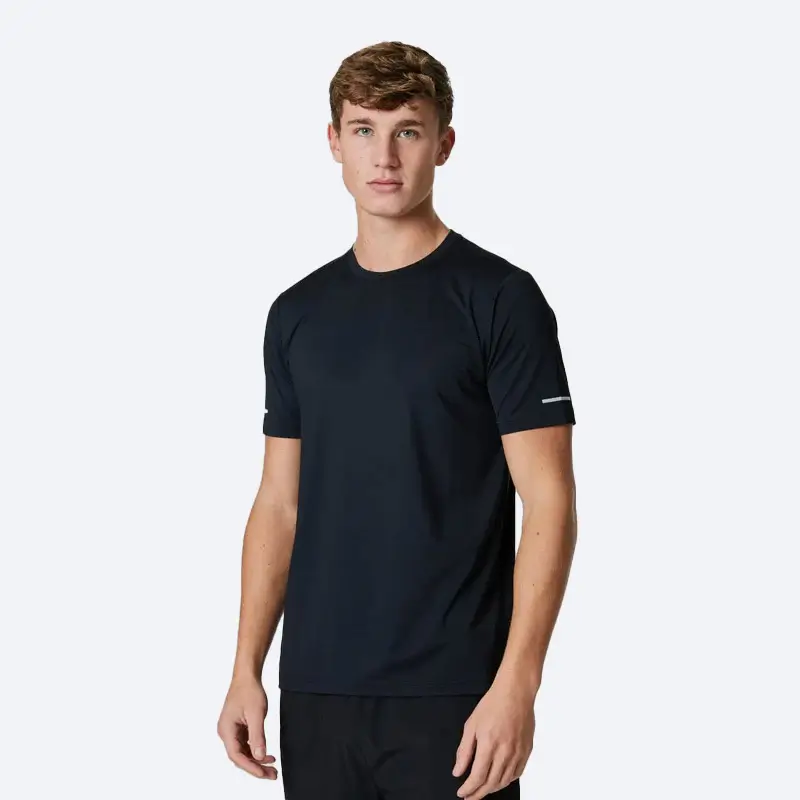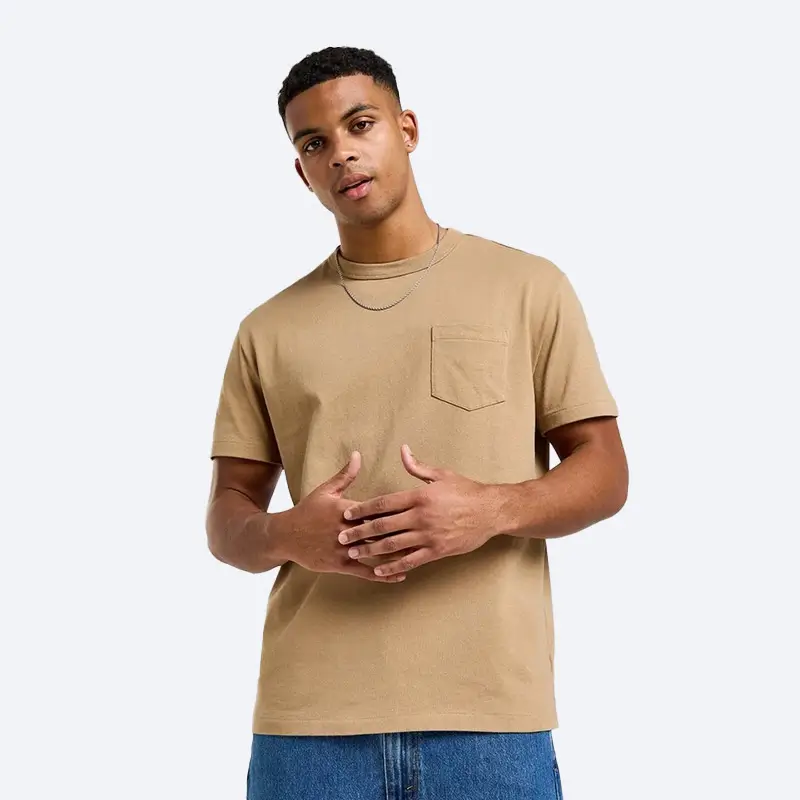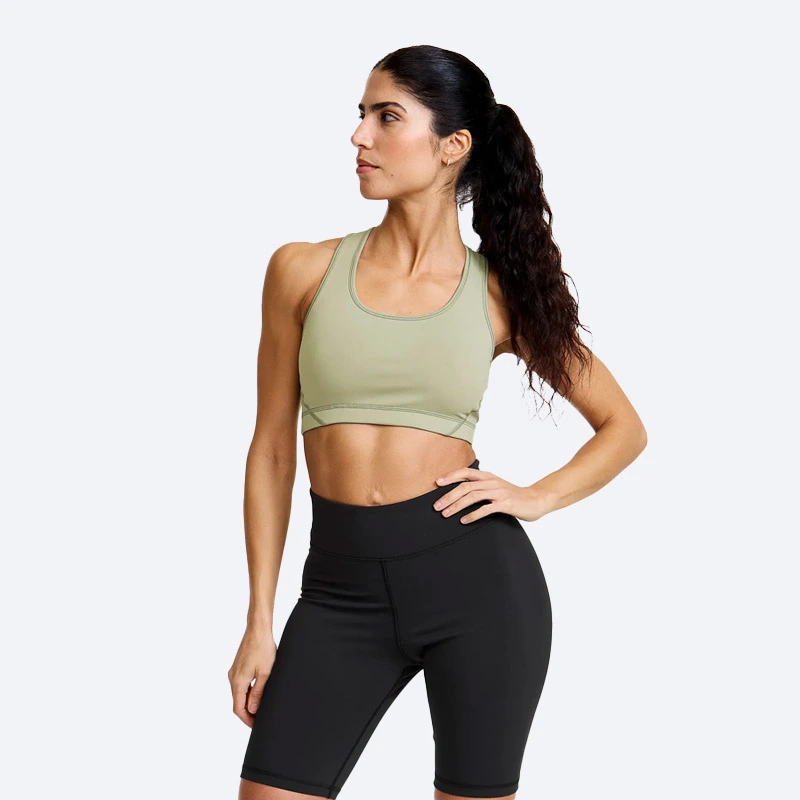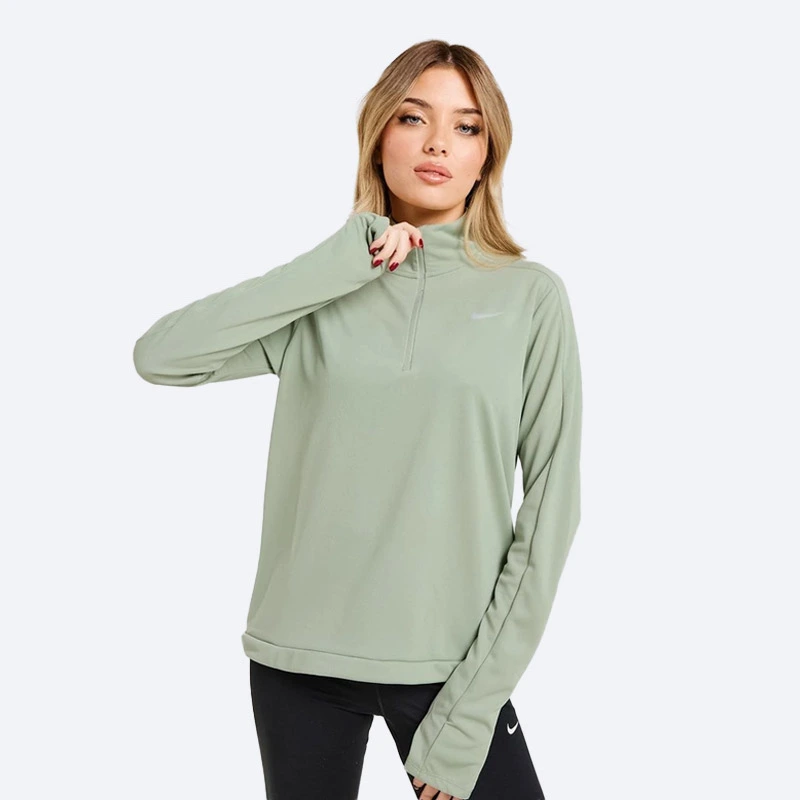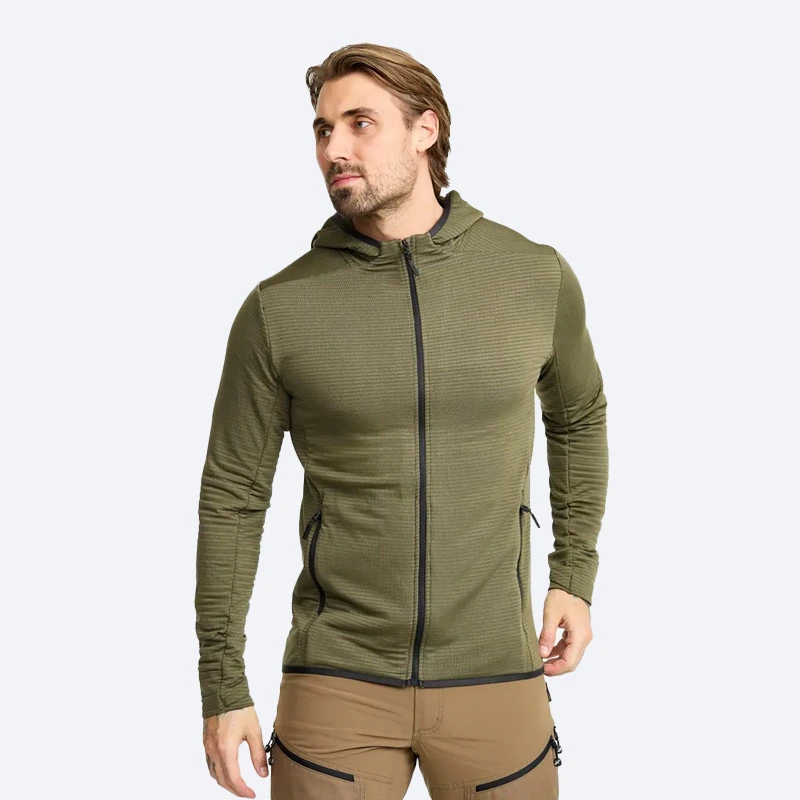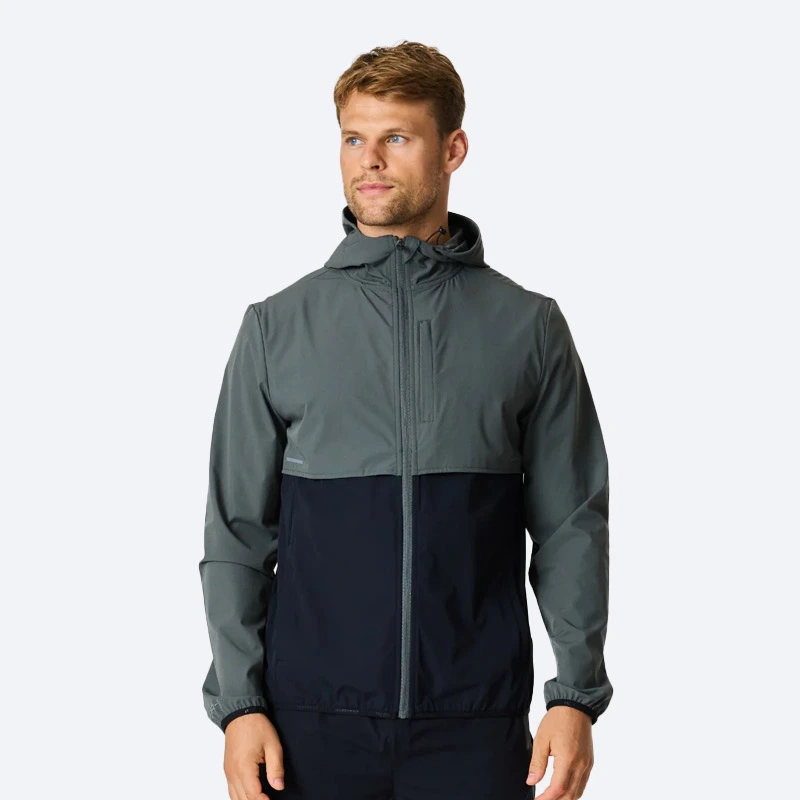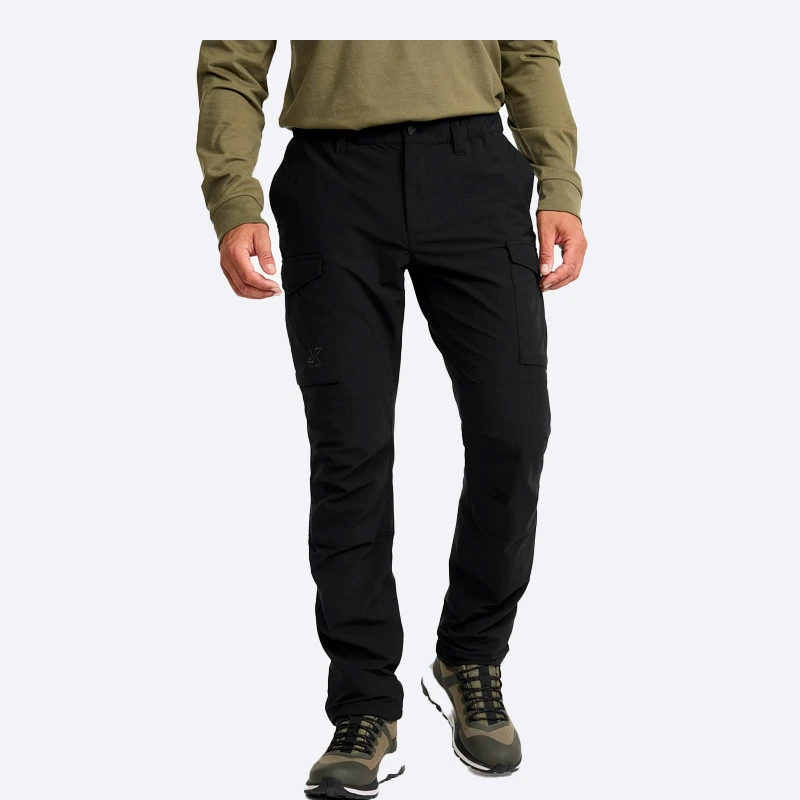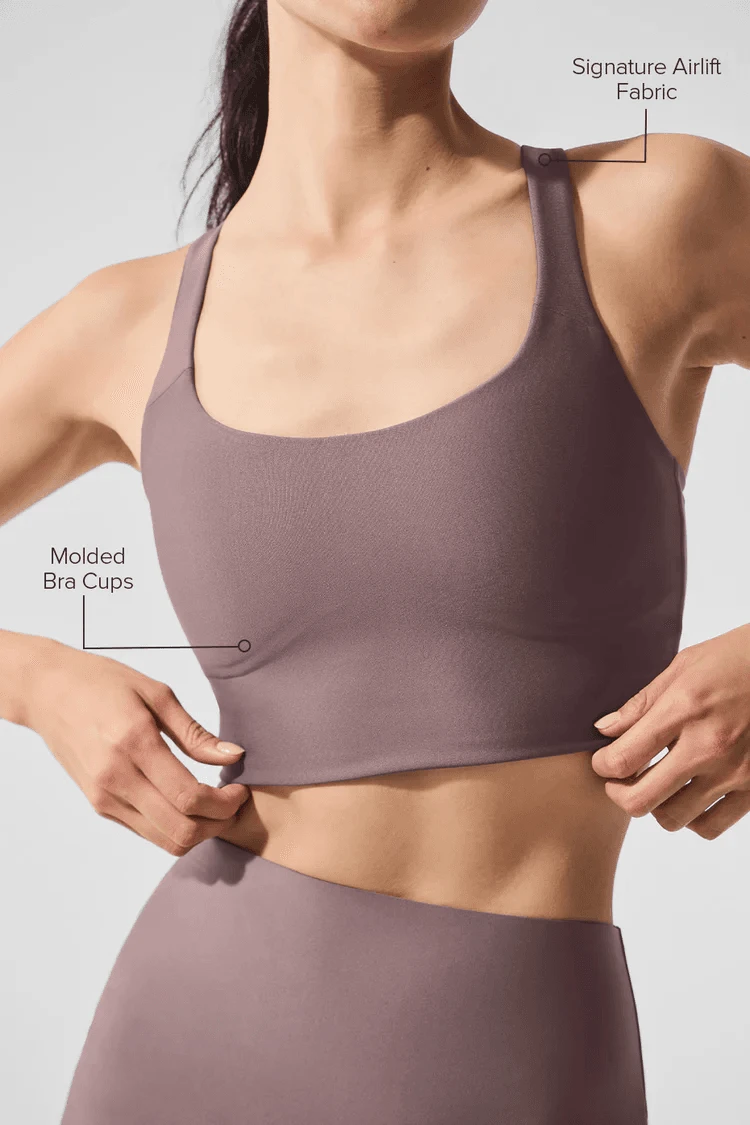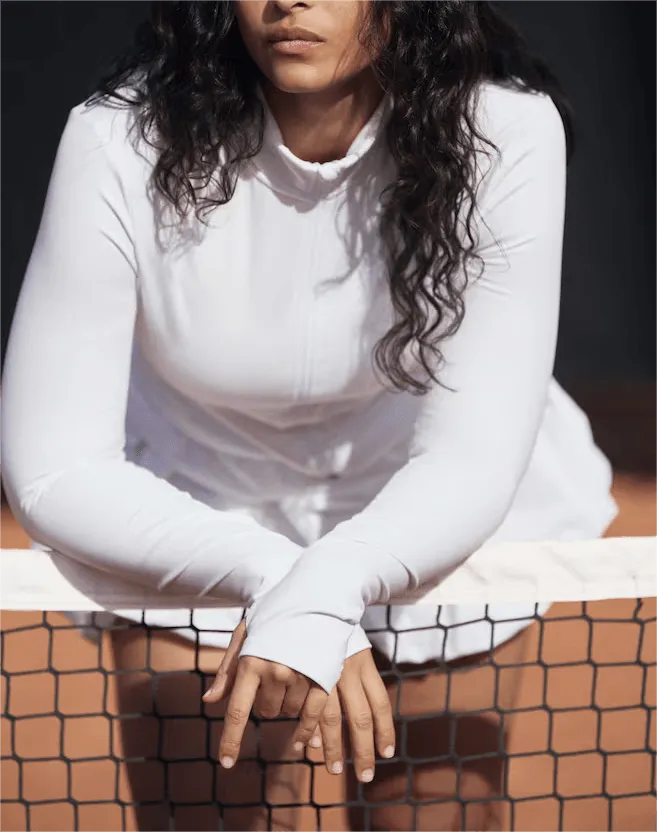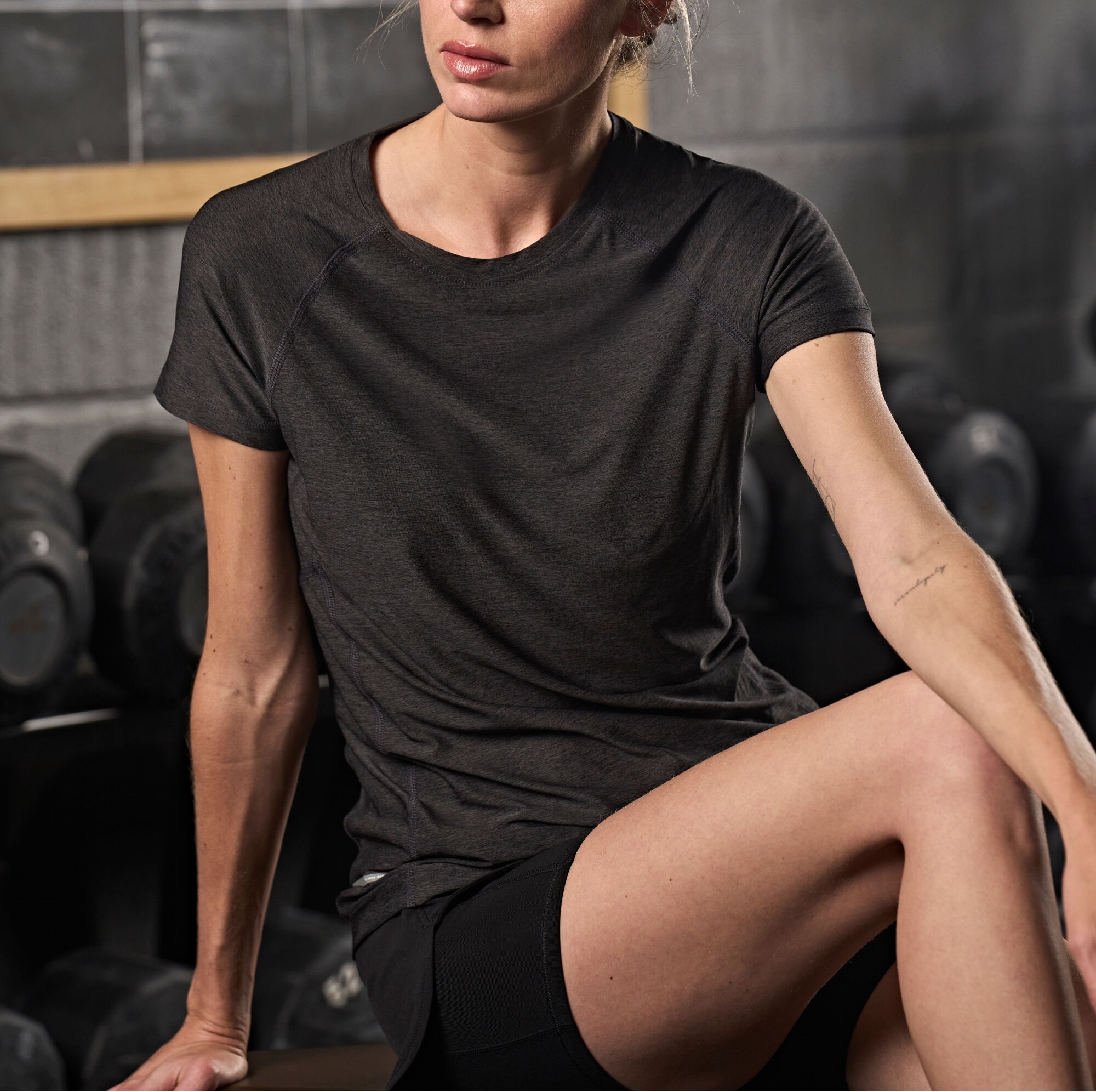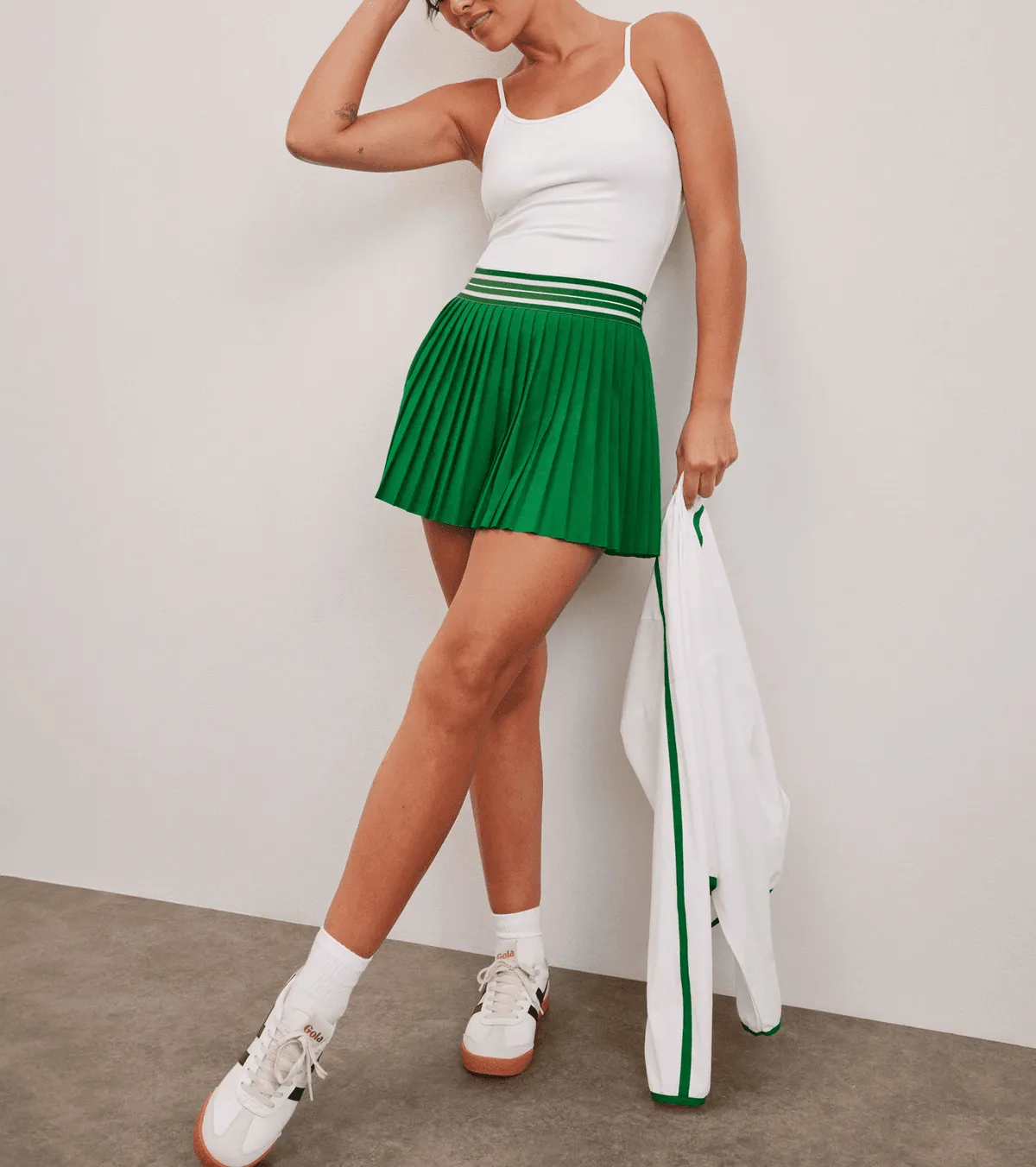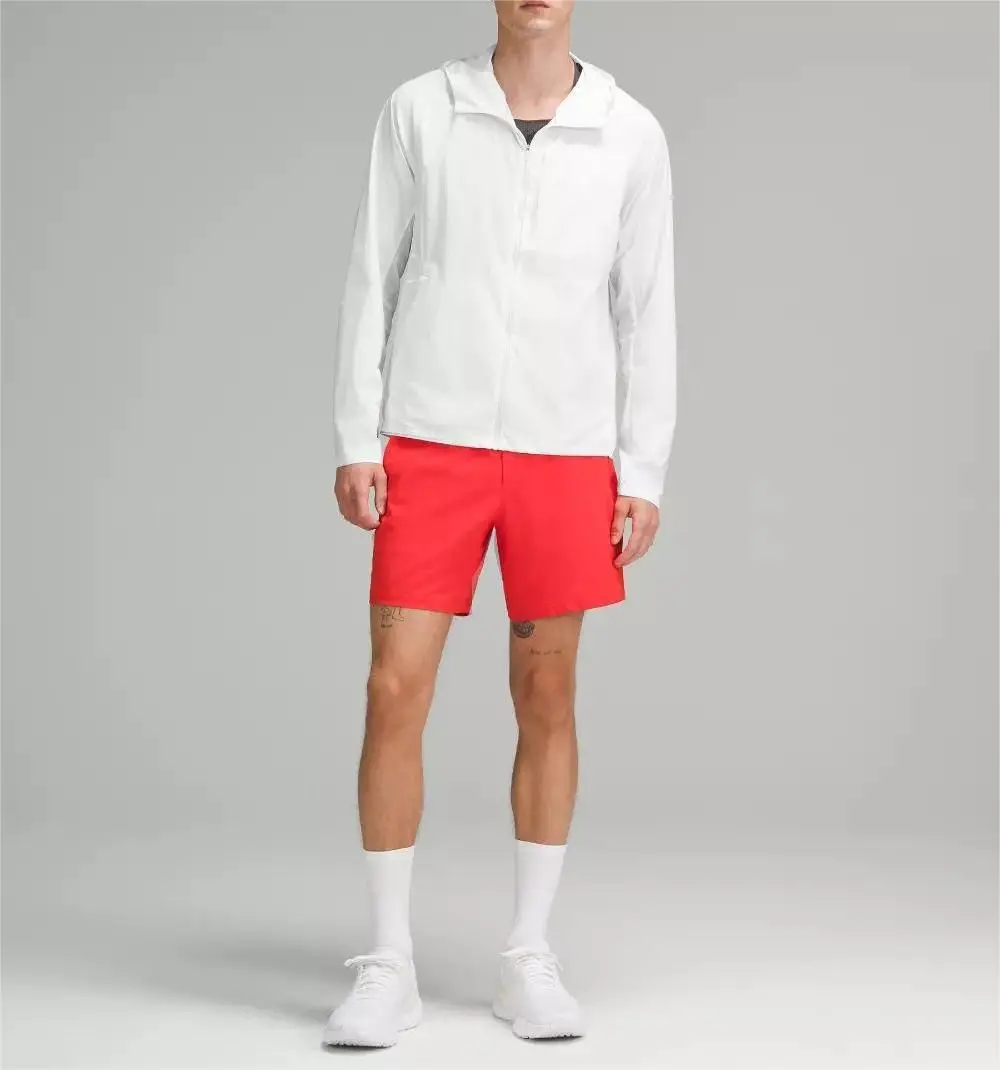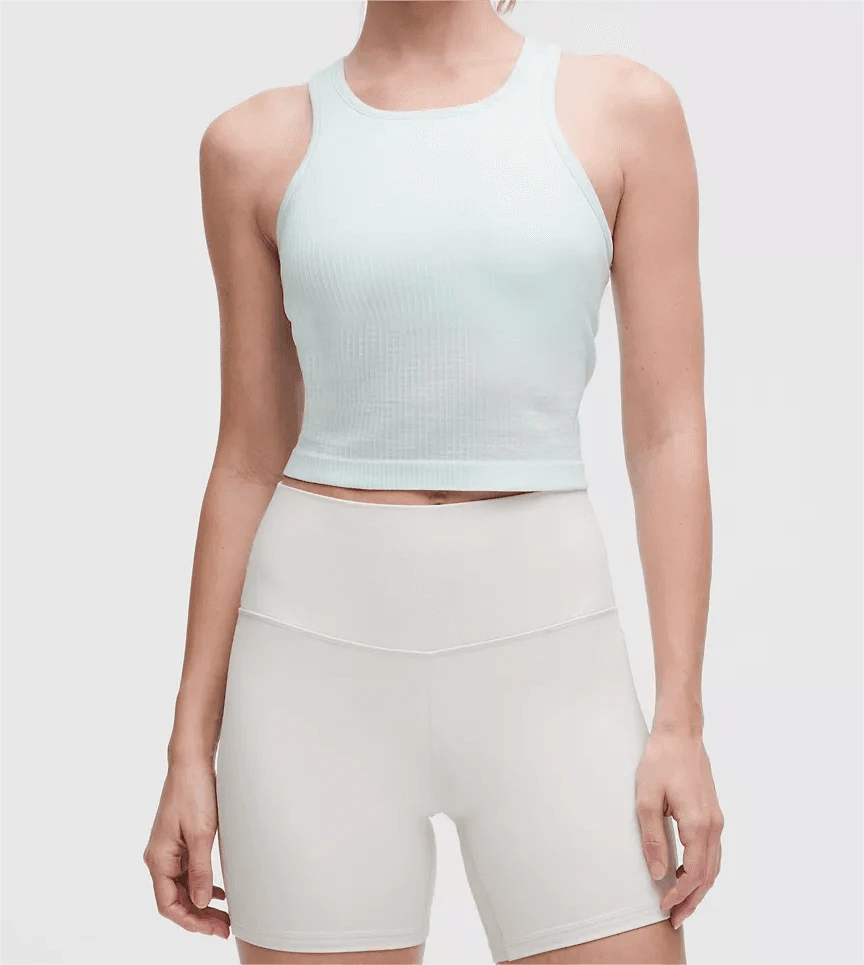01
2025
-
08
Layering Up: Using Light Outdoor Jackets for Optimal Comfort
Author:
Layering Up: Using Light Outdoor Jackets for Optimal Comfort Understanding the Importance of Layering Layering is more than just a fashion statement; it’s a practical approach to staying comfortable in varying weather conditions. Whether you are embarking on a hiking adventure or enjoying a casual day out, understanding how to layer effectively can make all the difference. The right layers can
Layering Up: Using Light Outdoor Jackets for Optimal Comfort
Understanding the Importance of Layering
Layering is more than just a fashion statement; it’s a practical approach to staying comfortable in varying weather conditions. Whether you are embarking on a hiking adventure or enjoying a casual day out, understanding how to layer effectively can make all the difference. The right layers can trap warmth, wick away moisture, and protect against wind and rain, ensuring that you remain comfortable no matter what Mother Nature throws your way.
The Concept of Layering: Why It Matters
When we talk about layering in outdoor attire, we refer to the technique of wearing multiple clothing items to adapt to changing temperatures and activities. The benefits are manifold:
1. **Versatility**: Wearing layers allows you to adjust to fluctuating conditions easily. You can add or remove layers as needed.
2. **Temperature Regulation**: Layers can help manage your body heat by trapping warm air while also allowing moisture to escape.
3. **Comfort**: Wearing the right layers minimizes the risk of overheating or chilling, enhancing overall comfort during outdoor activities.
Choosing the Right Light Outdoor Jacket
The foundation of effective layering begins with selecting the appropriate light outdoor jacket. Here are some key factors to consider:
Material Matters: What to Look For
The materials used in outdoor jackets can significantly influence their performance. Consider the following:
- **Breathability**: Look for jackets made from breathable fabrics that allow moisture to escape while keeping you dry.
- **Water-Resistance**: A water-resistant jacket can provide essential protection against unexpected rain showers.
- **Lightweight Design**: Opt for jackets that are lightweight and packable, making them easy to carry and wear.
Popular Materials for Outdoor Jackets
- **Nylon**: Known for its durability and lightweight properties, nylon is often used in outdoor jackets for its weather-resistant characteristics.
- **Polyester**: This synthetic fabric is excellent for moisture management, making it a common choice for outdoor apparel.
- **Gore-Tex**: A high-performance fabric that offers waterproof protection while remaining breathable, Gore-Tex jackets are ideal for wet conditions.
Layering Techniques: Getting It Right
Now that you have chosen the right jacket, let’s discuss how to layer effectively for maximum comfort.
The Base Layer: The First Line of Defense
Your base layer is crucial for moisture management. It sits directly against your skin, ensuring that sweat is wicking away from your body. When selecting a base layer, consider the following materials:
- **Merino Wool**: This natural fiber is excellent for temperature regulation and odor control.
- **Synthetic Fabrics**: Commonly made from polyester or nylon, these materials offer quick-drying properties.
The Middle Layer: Insulation is Key
The middle layer serves as insulation, trapping warmth while still allowing moisture to escape. Opt for materials such as fleece or down for effective insulation. Here are some options:
- **Fleece**: Lightweight, breathable, and warm, fleece is perfect for a versatile middle layer.
- **Down**: If you are venturing into colder temperatures, down jackets provide excellent warmth without added weight.
The Outer Layer: Protection Against the Elements
The outer layer, often your light outdoor jacket, is your shield against the weather. It should be designed to protect against wind, rain, and snow. Look for features such as:
- **Hood**: A removable or adjustable hood can provide added protection against rain and wind.
- **Zippered Pockets**: Convenient for storage and keeping important items safe.
- **Adjustable Cuffs and Hem**: These features help seal in warmth and keep out the cold.
Styling Your Outdoor Jacket
An outdoor jacket doesn’t need to compromise style for functionality. Here are some tips for styling your light outdoor jacket:
Choosing the Right Colors and Patterns
Selecting the right color and pattern can enhance your overall look while still being practical. Consider the following:
- **Earth Tones**: Colors like olive green or beige blend well with nature and are less likely to show dirt.
- **Bright Colors**: If safety is a concern, especially in low-light conditions, opt for bright colors or reflective elements.
Accessorizing for Function and Style
Accessories can elevate your outdoor jacket while providing additional functions. Some great options include:
- **Scarves**: An added layer of warmth and style, scarves can be used to protect your neck from wind and cold.
- **Beanies**: A warm beanie complements your jacket and keeps your head warm.
- **Gloves**: Quality gloves can help you maintain dexterity while keeping your hands warm.
Maintaining Your Light Outdoor Jacket
To ensure the longevity of your light outdoor jacket, it’s essential to maintain it properly.
Caring for Different Materials
- **Nylon and Polyester**: These materials can typically be machine washed on a gentle cycle, but check the care label first.
- **Gore-Tex**: Follow specific care instructions to maintain its waterproof properties.
Storage Tips for Optimal Lifespan
- **Avoid Compression**: When storing your jacket, avoid compressing it too tightly. This helps maintain its shape and insulation.
- **Keep It Dry**: Store your jacket in a cool, dry place to prevent mildew and damage.
Frequently Asked Questions (FAQs)
1. What is the best way to layer for cold weather?
The best way to layer for cold weather is to choose a moisture-wicking base layer, an insulating middle layer, and a protective outer layer, such as a light outdoor jacket.
2. Can I wear a light outdoor jacket in the rain?
Yes, you can wear a light outdoor jacket in the rain, but ensure it has water-resistant or waterproof properties for optimal protection.
3. How do I choose the right size for my outdoor jacket?
To choose the right size for your outdoor jacket, consider wearing a base layer underneath and ensure that there is enough room for movement without being too loose.
4. How should I clean my outdoor jacket?
Follow the care instructions on the label. Generally, most synthetic jackets can be machine washed on a gentle cycle, while down jackets may require special care.
5. Are light outdoor jackets suitable for all seasons?
While light outdoor jackets are versatile and can be used in various seasons, it’s essential to layer appropriately to suit the temperature, adding insulation in colder months.
Conclusion
In summary, mastering the art of layering with light outdoor jackets is essential for achieving optimal comfort while enjoying the great outdoors. By selecting the right materials, employing effective layering techniques, and taking proper care of your jacket, you can ensure that you stay comfortable and stylish no matter the weather. Embrace the layering approach and enhance your outdoor experience, allowing you to enjoy nature to its fullest without sacrificing comfort or style.
Light Outdoor Jackets



